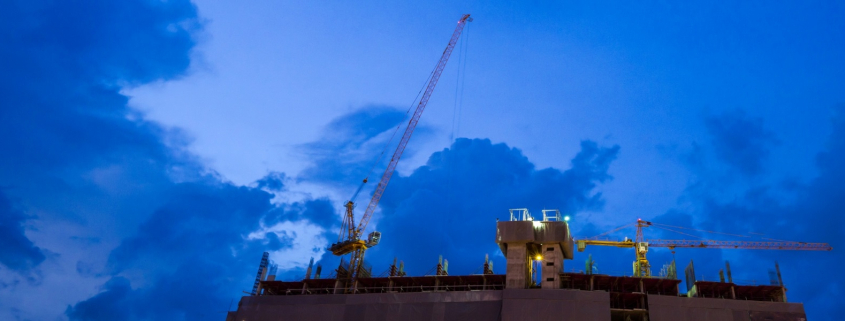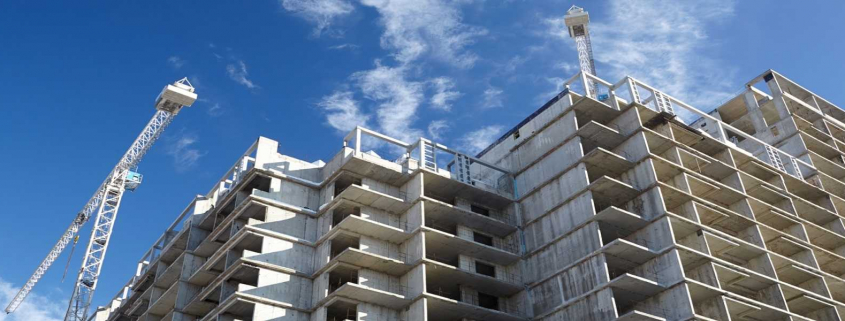The city of Miami inched one step closer Thursday to a multimillion-dollar quid pro quo that would land it a new administrative building and parking garage, while facilitating the construction of a $465 million mixed-use project on the site of its current headquarters on the north bank of the Miami River.
With a swift vote Thursday morning, the City Commission authorized the appointment of a special estate counsel in the city’s proposed deal to lease its riverside administrative center to property developer Adler Group in exchange for the construction of a new building and parking garage elsewhere in the city.
Under the agreement, the developer would pay the city a projected $335 million over the length of a 90-year ground lease on the city’s two-acre property through rent and a cut of sales. That adds up to a present-day value of about $70 million. The deal was proposed last year by an Adler Group affiliate, Lancelot Miami River.
City employees would remain in the building at 444 SW Second Ave., which formerly belonged to Florida Power and Light, until the construction of its new headquarters in 2020.

Rendering of Adler Group’s Riverside Nexus Central. Studio X Architects
For Adler Group, the land swap is part of a larger plan to erect a sprawling mixed-use project on the river dubbed Nexus Riverside Central. The project would be built on the city site and a neighboring 1.5 acre parcel. It would include three 36-story residential towers with 1,350 units, a 150-room hotel and 30,000 square feet of shops and restaurants.
Despite Thursday’s vote, the proposal is far from set in stone. Even if a deal is reached by commissioners, who authorized hiring the law firm without much discussion, the question would then be put on the November ballot and at the mercy of voters.
The deal appeared to be headed for the shelf before Weiss Serota Helfman Cole & Bierman, a Coral Gables law firm, was chosen from a pool of 16 candidates. Commissioners first rejected the city attorney’s choice of Shutts & Bowen, raising questions about whether there would be enough time to get a deal together and on the November ballot.
Commissioners said they were uncomfortable that Shutts & Bowen, a Miami firm, represents a plaintiff suing the city, and also that former commissioner Marc Sarnoff currently works as an attorney at the firm.
“It’s the responsibility of the special counsel to ensure that the city gets a favorable deal,” said Miami Mayor Tomás Regalado.
A review of the proposal last year noted that the city would pay up to $123 million for its new 375,000-square-foot office and 1,200-car garage, a roughly $50 million gap from what Adler will pay to lease the riverside property. Administrators say early negotiations quickly cut into the difference, although the most recent development agreement, crafted back in November, doesn’t specify where those numbers stand.
Weiss Serota will help to negotiate further. The commission in a prior resolution voted that when the city undergoes a major real estate deal, a special counsel is needed to ensure the city receives a fair deal, and Florida law states that any long-term waterfront lease requires a voter referendum.
Regalado said he was hopeful that a deal would be reached and that a motion would be put to voters in November.
“The city’s riverside administrative center, located on highly sought-after riverfront land, lacks adequate parking and poses a challenge for residents to access,” Regalado said. “It’s not client-friendly.”
If approved and favorably voted on, the new administrative headquarters would likely be built in one of three spots: near Marlins Park in Little Havana, behind Lyric Theater in Overtown or inside the seven-acre Link at Douglas complex that Adler is building at the Douglas Road Metrorail Station.
Source: Miami Herald








